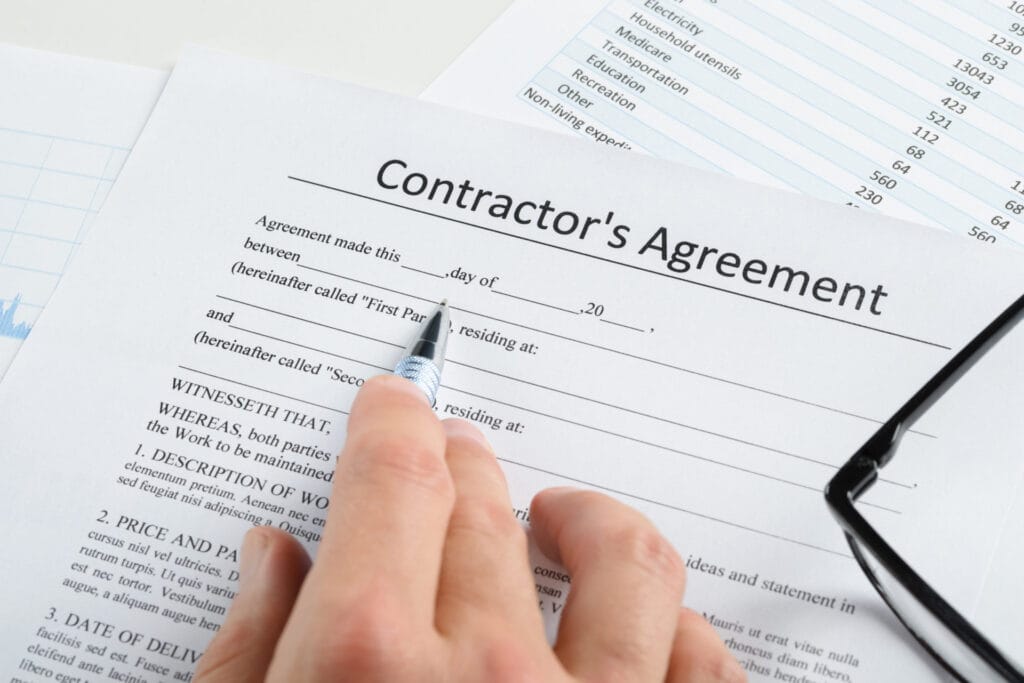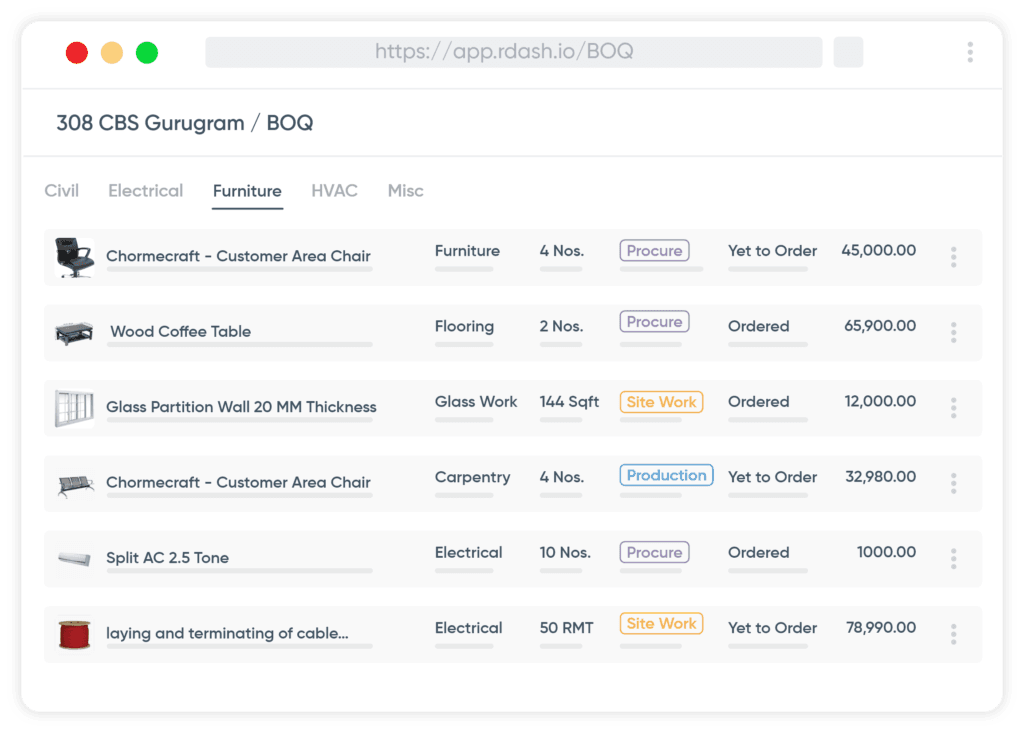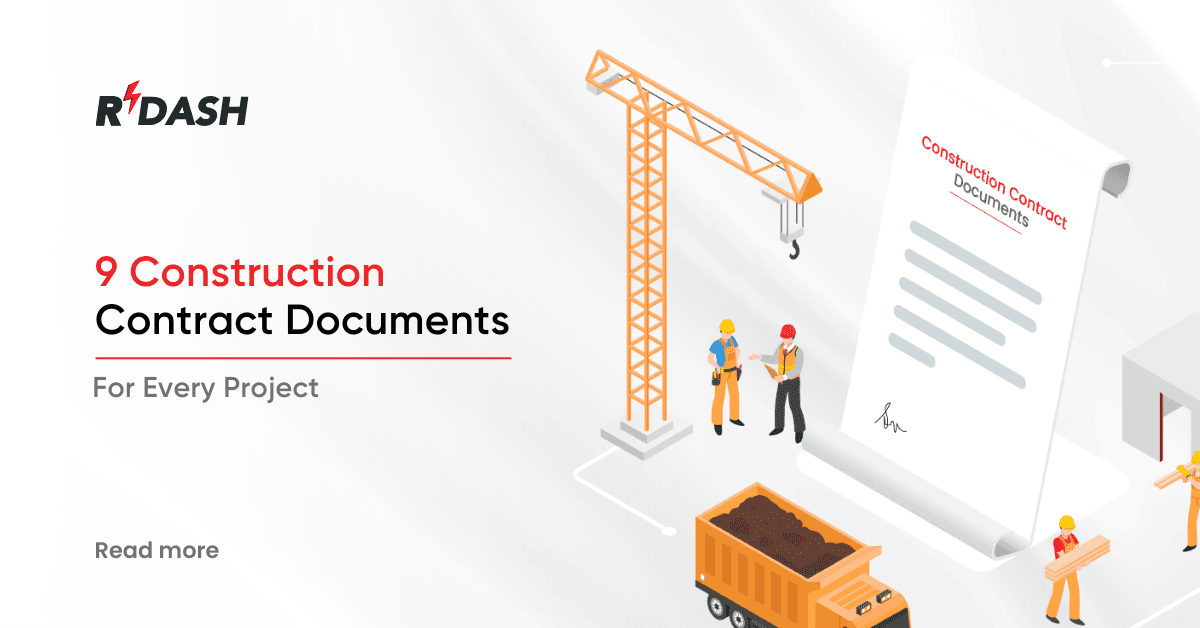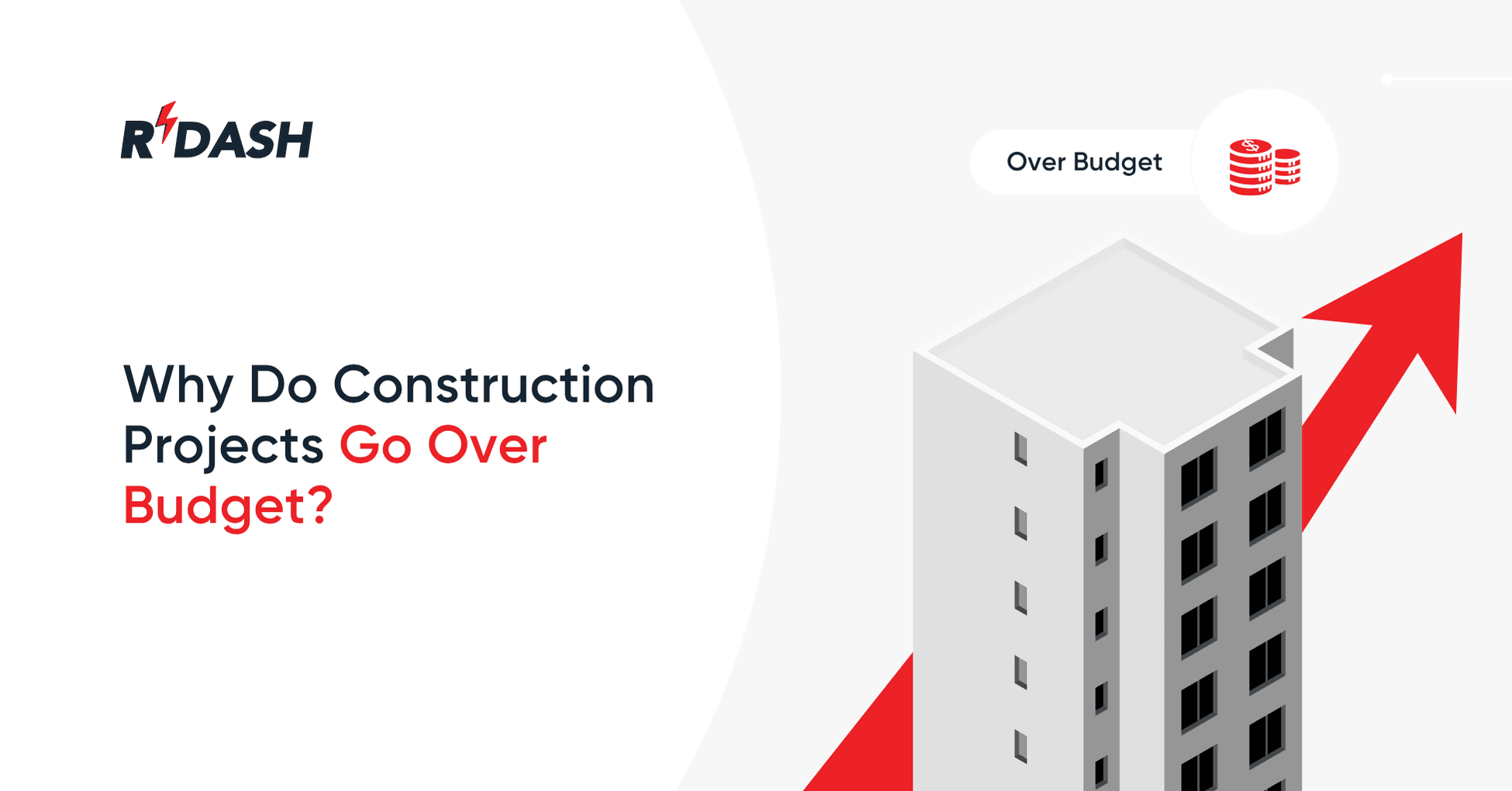What Are Construction Contract Documents?
Construction contract documents are the cornerstone of any successful construction project. These documents collectively define the scope, terms, and conditions of the project, serving as a legal agreement between the project owner and the contractor. They provide detailed instructions and specifications, ensuring that all parties involved understand their responsibilities and the project requirements.
Whether it’s a small residential project or a large commercial development, construction contract documents play a crucial role in mitigating disputes, maintaining quality, and ensuring the project is completed on time and within budget.
In this article, we will explore essential construction contract documents, best practices for managing contract documents in construction and discuss common challenges faced during the process.
Crucial construction contract documents
Each construction project involves a collection of critical documents, each serving a specific purpose. Here are the nine essential construction contract documents:
1. The Agreement
The agreement is the formal contract between the project owner and the contractor. It outlines the project’s basic terms, including the contract amount, payment terms, project duration, and the obligations of each party. This document is legally binding and sets the foundation for the entire project.

2. Scope of Work
The scope of work outlines the contractor’s responsibilities, providing detailed descriptions of tasks, expected deliverables, and required quality standards. This document ensures there is no ambiguity about what is expected from the contractor.
3. Special Conditions
Special conditions address project-specific requirements that go beyond the general conditions. These may include unique site conditions, client preferences, or specific materials and techniques required for the project.
4. General Conditions
General conditions establish the baseline rules and responsibilities for both parties. These include clauses related to project management, dispute resolution, insurance, safety standards, and compliance with local regulations. They provide a framework that governs how the project will be executed.
5. Specifications
Specifications complement construction drawings by providing detailed descriptions of materials, workmanship, and quality standards. They clarify how each element of the construction should be executed and often include manufacturer requirements for specific products.
6. The Schedule
The construction schedule is a structured timeline detailing the order of activities necessary to finish the project. It includes milestones, deadlines, and dependencies between tasks, ensuring that work progresses efficiently and stays on track.
7. Construction Drawings
Construction drawings, often referred to as blueprints, are the visual representation of the project. They include site plans, floor plans, elevations, and structural details. These drawings guide contractors and subcontractors during the construction process, ensuring accuracy and adherence to design specifications.
8. Bill of Quantities
The bill of quantities (BOQ) is a detailed list of materials, labor, and other resources needed for the project, along with their estimated costs. It helps contractors prepare accurate bids and provides transparency in pricing for both parties.

9. Schedule of Values
The schedule of values is a financial breakdown that divides the total contract amount into specific line items for better tracking and management. Each item represents a portion of the work, allowing the project owner to track progress and verify payment requests against completed tasks.
Effective strategies for managing construction contract documents
Centralized Document Storage
Utilize a centralized, cloud-based platform to store all contract documents. This ensures that everyone involved in the project has easy access to the most up-to-date files, improving communication and reducing the risk of misplaced or outdated documents.
Clear Version Control
Maintain a strict version control system to track revisions and ensure that all parties are working with the latest version of the document. This avoids confusion and errors that can arise from using outdated or conflicting information.
Regular Reviews and Updates
Contract documents should be reviewed periodically to ensure they remain relevant as the project evolves. Regular updates allow adjustments to be made for changes in scope, unforeseen challenges, or updated regulations.
Assign Responsibility
Designate a specific team or individual to oversee document management. This role ensures accountability for organizing, updating, and distributing documents, minimizing the risk of errors or delays.
Secure Access and Permissions
Implement strict access controls to protect sensitive contract information. Only authorized personnel should have access to certain documents to maintain confidentiality and prevent unauthorized changes.
Use Technology and Automation
Leverage construction management software like RDash to automate repetitive tasks, such as document tracking, approval workflows, and deadline reminders. Automation reduces human error and improves efficiency.
Keep a Detailed Audit Trail
Maintain a clear record of all changes, approvals, and communications related to the contract documents. This audit trail is invaluable for resolving disputes and ensuring compliance.
Regular Training for Teams
Provide ongoing training for project teams on best practices for document management. This ensures everyone understands the importance of proper handling and adheres to established protocols.
Challenges in managing contract documents
Document Overload
Construction projects generate a vast amount of paperwork, from contracts and specifications to change orders and permits. Managing this volume of documents can be overwhelming without an organized system.
Lack of Standardization
Inconsistent formatting, naming conventions, or filing systems can create confusion and make it difficult to locate important documents when needed.
Version Confusion
With multiple stakeholders making changes, it can be challenging to track the latest version of a document, leading to errors and miscommunication.
Compliance Risks
Failure to adhere to legal or regulatory requirements in contract documents can result in penalties, project delays, or legal disputes.
Security Concerns
Unauthorized access or accidental sharing of sensitive contract details can compromise project integrity and lead to financial losses.
Inefficient Communication
Delays in sharing updates or approvals can slow down the project and create bottlenecks in the workflow.
Conclusion
Effective management of contract documents is essential for the success of any construction project. By implementing best practices such as centralized storage, version control, and secure access, project teams can streamline processes and reduce risks. At the same time, recognizing and addressing challenges like document overload and compliance risks ensures smoother project execution. With proper systems, training, and technology, managing contract documents can become a seamless part of the construction process, driving projects toward success.






